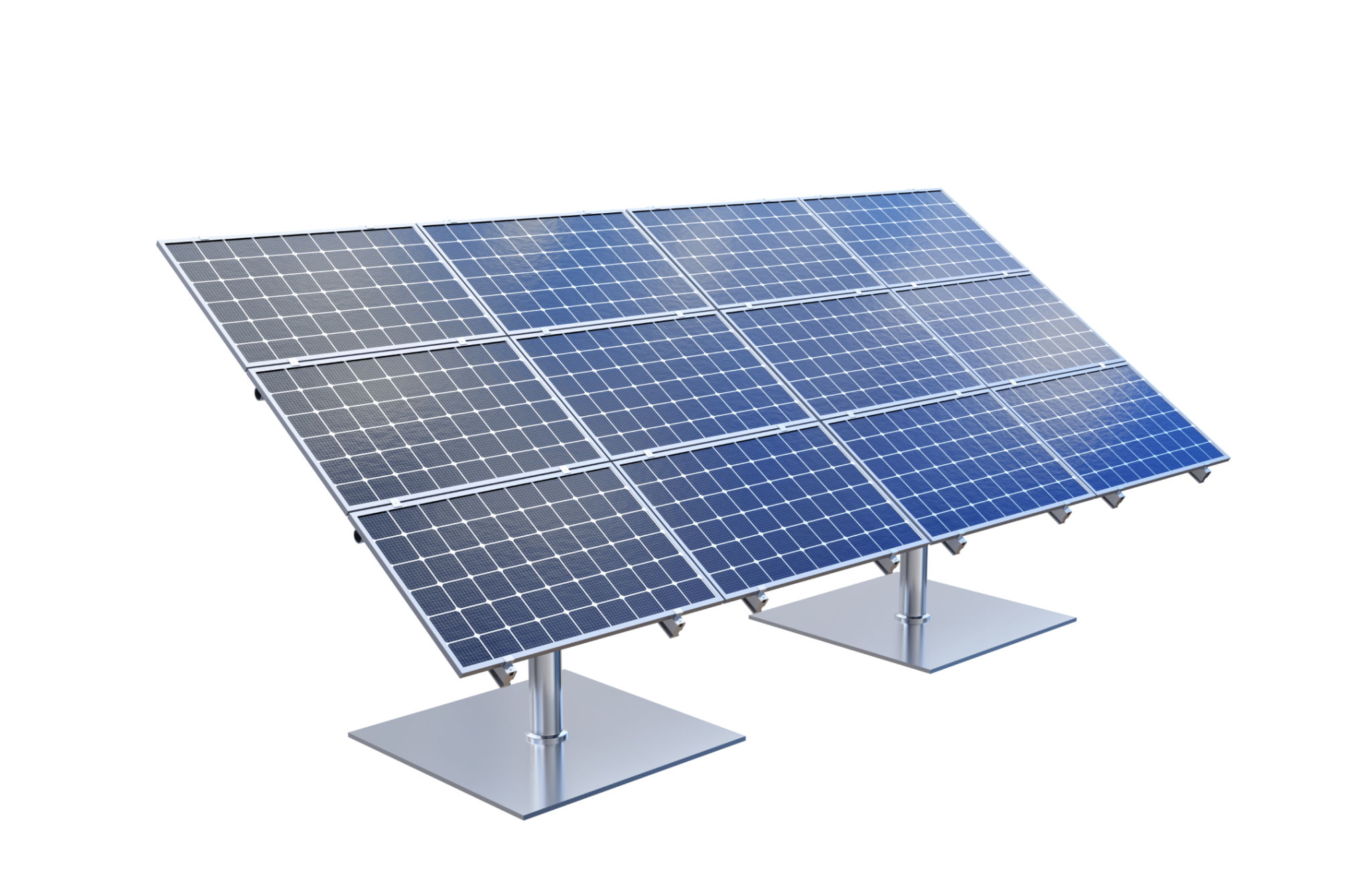Top Energy Management Trends Impacting Utilities Today
Introduction to Energy Management Trends
As the global demand for energy continues to rise, utilities are facing unprecedented challenges in managing resources efficiently. With technological advancements and increasing environmental concerns, energy management trends are evolving rapidly. This blog post explores the top trends impacting utilities today, highlighting how they are reshaping the landscape of energy consumption and distribution.
Decentralization of Energy Systems
One of the most significant trends in energy management is the decentralization of energy systems. Traditional centralized power grids are being supplemented and, in some cases, replaced by decentralized systems that include renewable energy sources like solar panels and wind turbines. This shift allows for more resilient and flexible energy networks that can better accommodate fluctuations in supply and demand.

Integration of Renewable Energy
The integration of renewable energy is not just a trend but a necessity for sustainable development. Utilities are increasingly investing in renewable sources to reduce carbon emissions and adhere to environmental regulations. This transition is supported by technological innovations such as battery storage systems, which help stabilize the grid by storing excess energy generated during peak production times.
Advanced Data Analytics
Data analytics play a crucial role in modern energy management. By leveraging big data and advanced analytics, utilities can optimize their operations, predict maintenance needs, and enhance customer service. These insights allow for more efficient energy distribution and consumption patterns, ultimately leading to reduced costs and improved service reliability.

Smart Grid Technologies
Smart grid technologies are transforming how utilities manage energy distribution. These systems use digital communication technology to detect and react to local changes in electricity usage. Smart grids offer numerous benefits, including improved reliability, increased efficiency, and the ability to integrate renewable energy sources more seamlessly into the grid.
Demand Response Programs
Demand response programs encourage consumers to alter their electricity usage during peak periods in response to time-based rates or other financial incentives. By implementing these programs, utilities can better balance supply and demand, reducing the need for expensive peaking power plants and minimizing environmental impact.

Energy Storage Solutions
Energy storage solutions are becoming increasingly important as utilities seek to integrate more renewable energy into their grids. Technologies such as lithium-ion batteries and pumped hydro storage provide the means to store excess energy for later use. This capability enhances grid stability and allows for more consistent renewable energy usage.
Enhanced Cybersecurity Measures
As utilities adopt more digital technologies, cybersecurity becomes a critical concern. Protecting the grid from cyber threats is essential to ensuring reliable and secure energy delivery. Enhanced cybersecurity measures are being implemented to safeguard against potential attacks and ensure the integrity of energy systems.
Conclusion
The landscape of energy management is rapidly evolving as utilities embrace new technologies and strategies to meet growing demands and environmental challenges. From decentralization and renewable integration to advanced data analytics and smart grids, these trends are shaping the future of how we consume and manage energy. As these trends continue to develop, utilities must stay informed and adapt to ensure a sustainable and efficient energy future.

